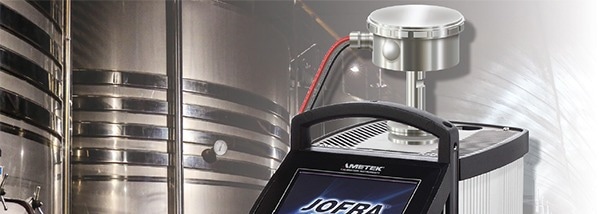Calibration of Short Sanitary Sensors

Image Credit: AMETEK - JOFRA Calibration
Pharmaceutical, food, and beverage manufacturers utilize sensors that connect to their processes via sanitary flange connections.
These connections are essential because they allow for thorough cleaning while the sensors remain installed. The sanitary flange has no threads and meets surface smoothness standards, preventing bacteria and other contaminants from accumulating in the system.
These sensors help ensure that the process is functioning correctly and that the required system temperature is maintained for production. They also serve as verification that the system has been properly cleaned and maintained.
Common calibration temperatures for these sensors include 0?°C, 50 to 100?°C, and 130 to 140?°C. The final range is especially critical, as it represents the clean-in-place (CIP), which ensures that no pollutants survive the cleaning process. The standard accuracy requirement is ±0.5?°C.
Due to their shape and size, sanitary flanges can be challenging for technicians to calibrate. Their unique design requires calibration in an oil bath. Additionally, technicians must use an external temperature reference, which further complicates the task.
Oil Bath Calibration Challenges
Oil baths have traditionally been used for temperature calibration. However, they are not without challenges. First, the oil is expensive to obtain and dispose of; anyone using it or potentially coming into contact with it must be trained in proper handling procedures and made aware of the risks associated with exposure.
Oil baths also pose a spill hazard, which can be problematic due to the potential release of chemicals requiring specialized cleanup procedures, the risk of slips and falls, and the possibility of burns from hot or extremely cold fluid.
The use of an external reference sensor adds another layer of complexity. There is no guarantee of consistency between operators (or even between individual measurements) since there is no way to ensure the reference sensor is placed at the same proximity to the sensor under test or is properly immersed to give an accurate reading.
Because of these factors, calibrating these sensors demands significant time, attention, and rigorous training. Multiple oil baths are often used to speed up the process, but this introduces further complications. It also increases the risk of spills or burns and requires greater quantities of costly and potentially hazardous fluid.
Read the the full application note

This information has been sourced, reviewed and adapted from materials provided by AMETEK - JOFRA Calibration.
For more information on this source, please visit AMETEK - JOFRA Calibration